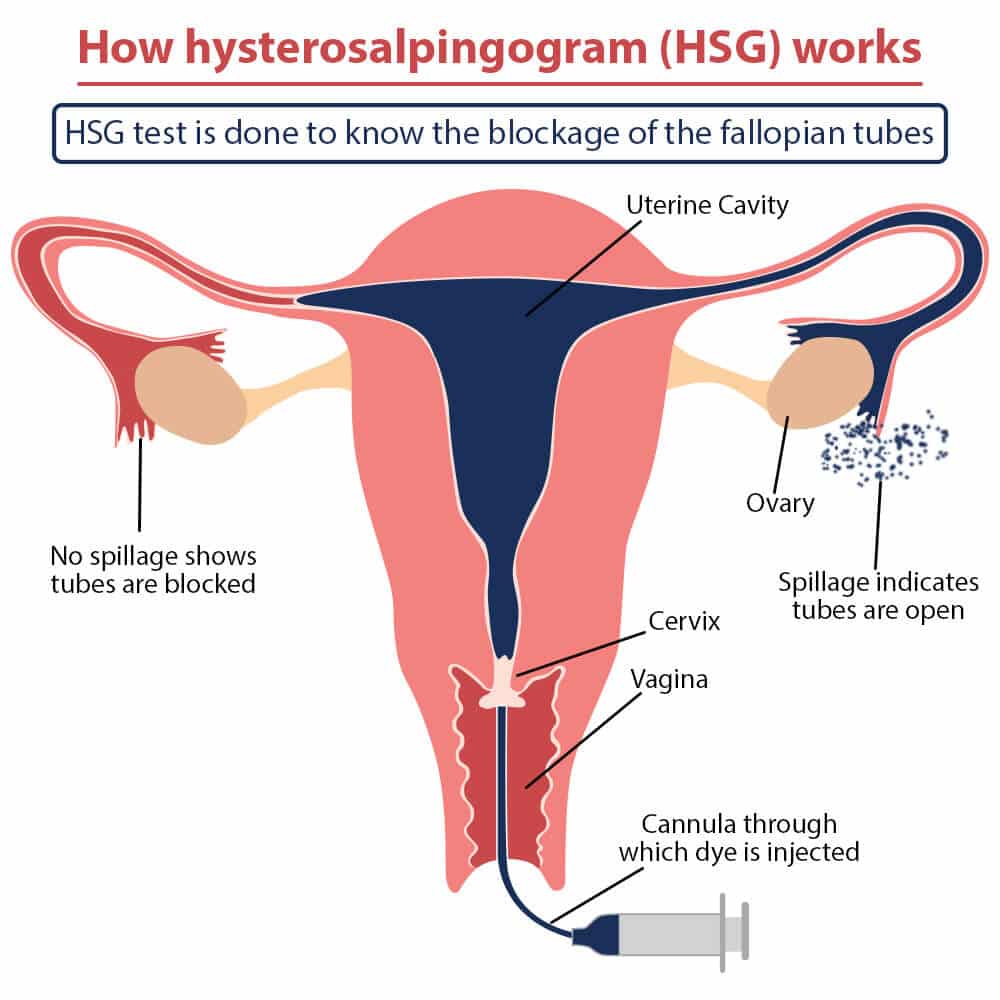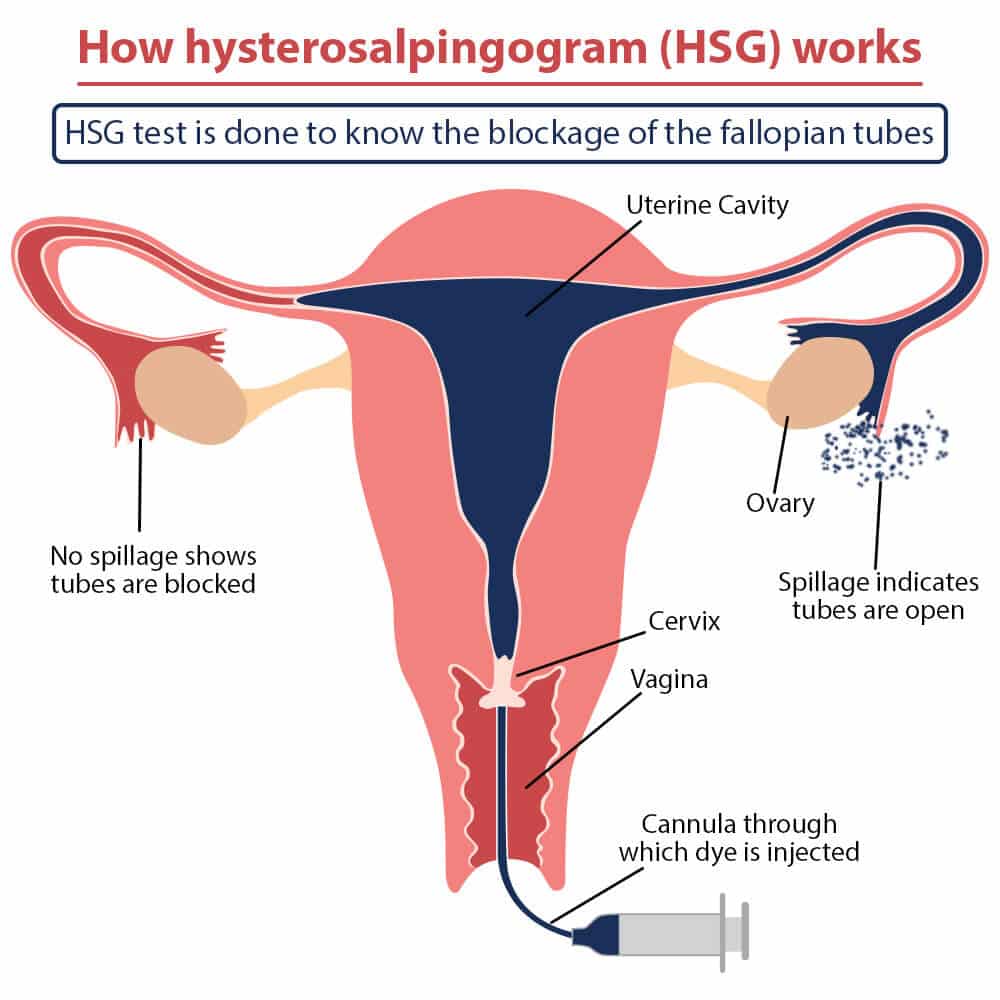Hysterosalpingography (HSG)

The benefits of an HSG (hysterosalpingogram) test include its ability to diagnose female infertility by checking for open fallopian tubes and abnormalities in the uterus, such as polyps, fibroids, or adhesions. The test can also have a therapeutic effect, as the contrast dye may help clear minor blockages and improve fertility for some women for a short time. Additionally, it is a minimally invasive procedure that doesn't require general anesthesia or a hospital stay.
Diagnostic benefits
Checks for blocked fallopian tubes: HSG determines if the fallopian tubes are blocked or open, which is a common cause of infertility. Identifies uterine abnormalities: The test can detect issues like polyps, fibroids, and adhesions that may interfere with conception or lead to miscarriage. Evaluates uterine shape and structure: It helps assess the shape of the uterus, including congenital problems, which can be beneficial for women with recurrent miscarriages. Assesses the results of previous surgery: It can be used to check the success of tubal surgery, such as a sterilization reversal.
Therapeutic benefits
May improve fertility: The injection of the contrast dye can help flush out small blockages or debris in the fallopian tubes, which may improve a woman's chances of getting pregnant for a few months after the procedure.
Procedural benefits Minimally invasive: Compared to surgical procedures like a laparoscopy, an HSG is less invasive. Outpatient procedure: It is typically performed in a doctor's office or an outpatient clinic, and it does not require a hospital stay. No general anesthesia required: The procedure can be done without general anesthesia

Example Text
